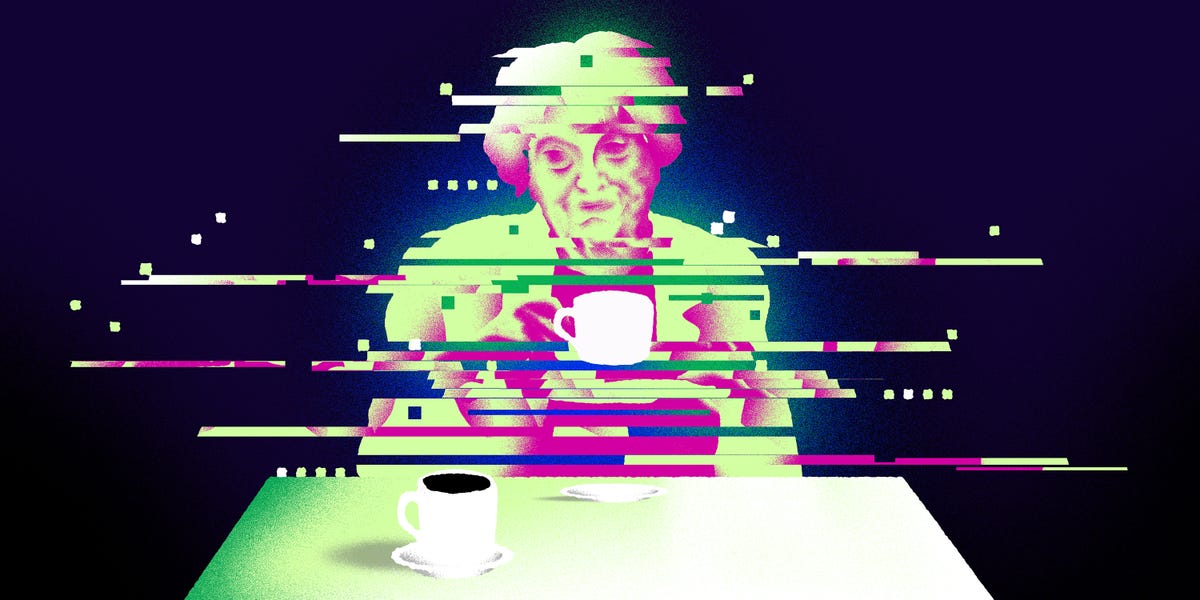I Created a Digital Twin of My Mother Using AI, and It Moved Me to Tears.

Creating Digital Twins: The Journey to Replicate a Loved One
Introduction to Digital Twins
Imagine being able to converse with a digital replica of someone you love. This futuristic idea is becoming a reality with advancements in artificial intelligence (AI). One company, Eternos, is pioneering this technology by creating what they call "digital twins." This process aims to capture not only a person’s voice but also their essence, memories, and personality.
Building a Digital Twin
What is a Digital Twin?
A digital twin is an AI-driven avatar that replicates a person’s voice and can engage in conversations that mirror the individual’s thoughts and feelings. This concept was put to the test by a writer who wanted to create a digital version of his mother, a healthy 92-year-old mental health counselor.
The Creation Process
To build a digital twin, the creator must gather extensive information about the individual, including stories and memories that define them. The process involves:
- Voice Cloning: The individual records a range of phrases that capture their unique vocal patterns, emotional tones, and inflections.
- Storytelling: The person shares significant life stories, experiences, and moments that reveal their character.
For instance, the writer spent time collecting memories from his mother, recording her voice to ensure the AI would not only sound like her but also reflect her emotional depth.
The Purpose Behind Digital Twins
A New Way to Remember
Digital twins serve as a bridge to keep memories alive. They can help family members and friends engage with a virtual version of their loved ones, allowing them to bond even after death. This aspect raises interesting questions about how we cope with loss and how digital replicas might change our relationships with those who have passed away.
Practical Applications
Digital twins can act as living memory books, giving insight into a person’s values, beliefs, and experiences. For families, they can be a source of comfort and continuity. The AI constructed by Eternos aims to provide a way for people to interact with their loved ones in a meaningful manner, long after they are gone.
Emotional Responses to AI Companions
The Impact of Interaction
Creating a digital twin evokes a range of emotions. Many users report that interacting with these AI avatars can feel incredibly real, with the digital twin reminding users of the loved one they represent. People have experienced a mix of joy, nostalgia, and even grief when talking to these replicas.
The Fine Line of Technology
However, the technology also raises ethical questions about memory, personalization, and the essence of what makes us human. While it is possible to create a digital version of someone, the authenticity of the interaction can vary. Critics argue that AI should not attempt to replace human connections, raising concerns about how these technologies may affect our emotional health.
Privacy and Ethical Considerations
Concerns Over Data Ownership
As the technology evolves, it is critical to address privacy concerns. Eternos ensures that individuals maintain ownership of their data and that no information is shared without consent. Each digital twin is built using the individual’s unique stories, which are securely stored and protected.
The Ethical Dilemma
Experts caution that while digital twins might provide comfort, they could also complicate the grieving process. Creating avatars of loved ones can blur the lines between memory and interaction, potentially hindering natural grieving. Some researchers stress the importance of setting boundaries around AI interactions, particularly for vulnerable populations such as children.
Conclusion
Digital twins represent a significant stride in merging technology and human connection. As this technology matures, it offers both exciting possibilities and profound ethical considerations. The quest to preserve memories through AI raises essential questions about love, loss, and the future of human relationships.






